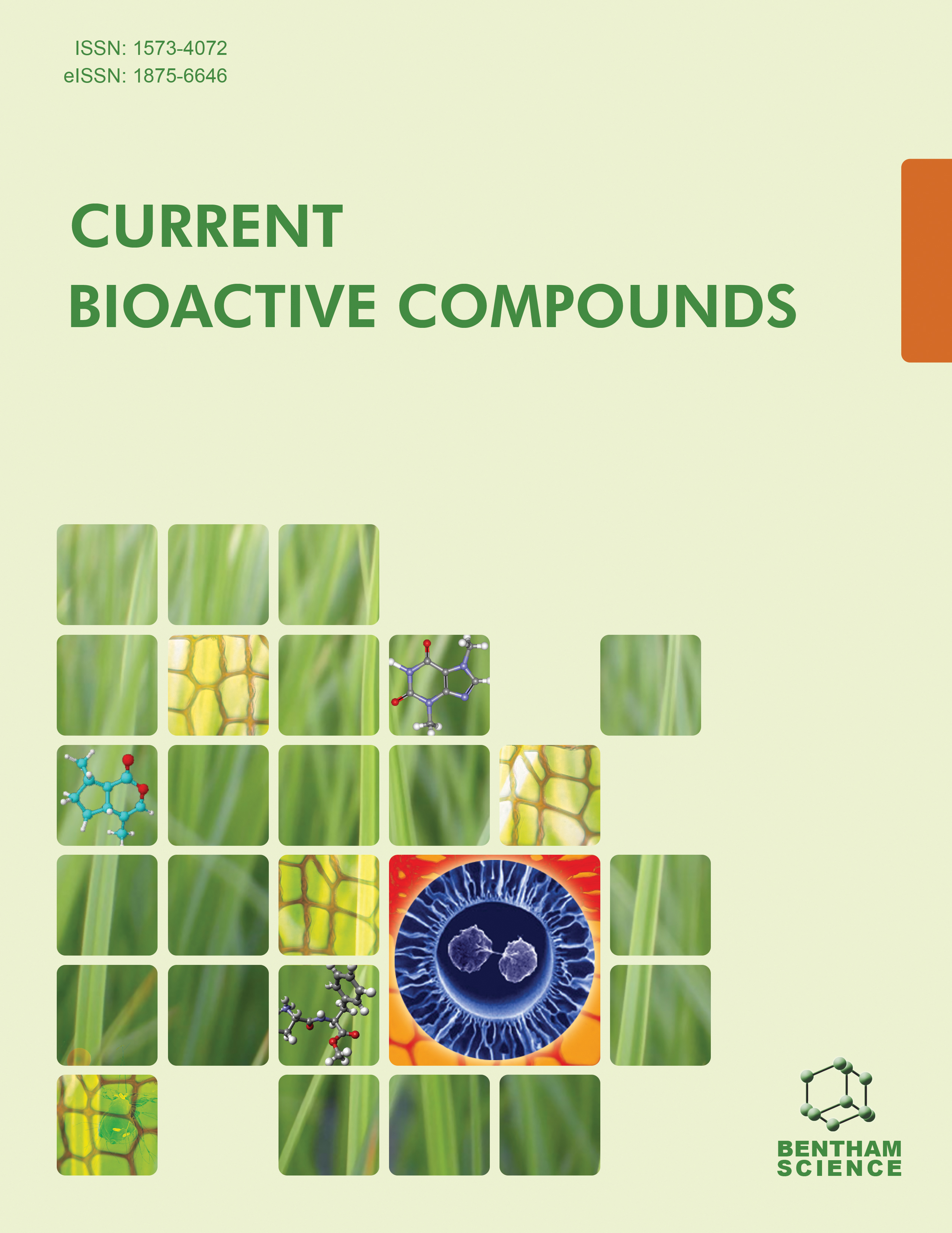
Full text loading...
The prevalence of diabetes mellitus continues to be a worldwide health concern, which calls for the ongoing investigation of novel therapeutic options. This review aims to examine the developing field of herbal dipeptidyl peptidase-4 (DPP-4) inhibitors as a potentially useful approach to managing diabetes. Because of their ability to suppress the breakdown of incretin hormones, DPP-4 inhibitors have become increasingly popular due to their role in improving glycemic control. This review focuses on the rising evidence supporting the efficacy and safety of herbal alternatives, although synthetic DPP-4 inhibitors have been used extensively in the past. The pharmacological actions of several herbal substances with DPP-4 inhibitory characteristics are extensively examined in this review. These natural chemicals have anti-inflammatory, antioxidant, and anti-diabetic properties derived from traditional medicinal plants. This study also sheds light on the molecular processes via which these herbal medicines inhibit DPP-4. In addition, the study assesses the efficacy of herbal DPP-4 inhibitors in both animal and human studies, providing a critical evaluation of both types of research. The research of natural alternatives to synthetic pharmaceuticals not only broadens the therapeutic landscape but also highlights the significance of merging traditional wisdom with modern scientific breakthroughs. This is because natural alternatives were not previously available. Herbal DPP-4 inhibitors may emerge as significant additions to the arsenal of anti-diabetic drugs as research in this field continues to advance. These inhibitors would provide a holistic and sustainable approach to the treatment of diabetes.

Article metrics loading...

Full text loading...
References


Data & Media loading...

